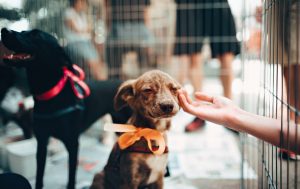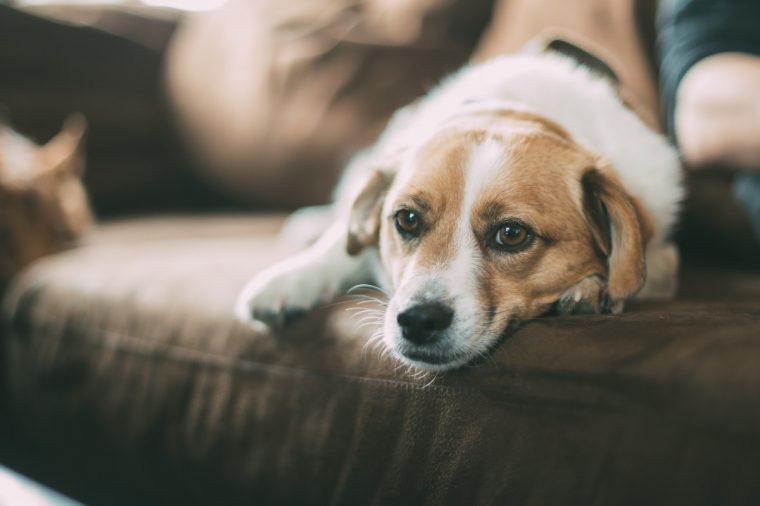
In the very first week we had adopted my cat Mochi, we found that he had strange habits of hiding in the bathroom, underneath the couches and cowering behind our dining chairs. It always took us a great deal of petting and hugging to make him warm up to us.
And when he finally did get comfortable with us, he began to wail whenever we left the house and was clingy whenever we returned home. Not that we had any problems with him being clingy and constantly wanting attention, because we had come to love him so in just a short amount of time. But then we realised that Mochi did not eat much food and continued to lose weight. We had tried changing his meals to suit his taste, but his appetite never did get better. It took us a while to realise that Mochi had post-traumatic stress disorder (PTSD) due to abusive treatments from his previous owner.
Just like us humans, animals may face similar traumatic events like abandonment and abuse.
These unfortunate events trigger and stirs anxiety in them. As animals cannot verbally tell you their history of past trauma, PTSD is hard to be recognised and treated among these sentient beings. All they can do is show enough signs and whimper helplessly in hopes that their loving owners will take notice of it.
With Awareness Comes The Right Loving
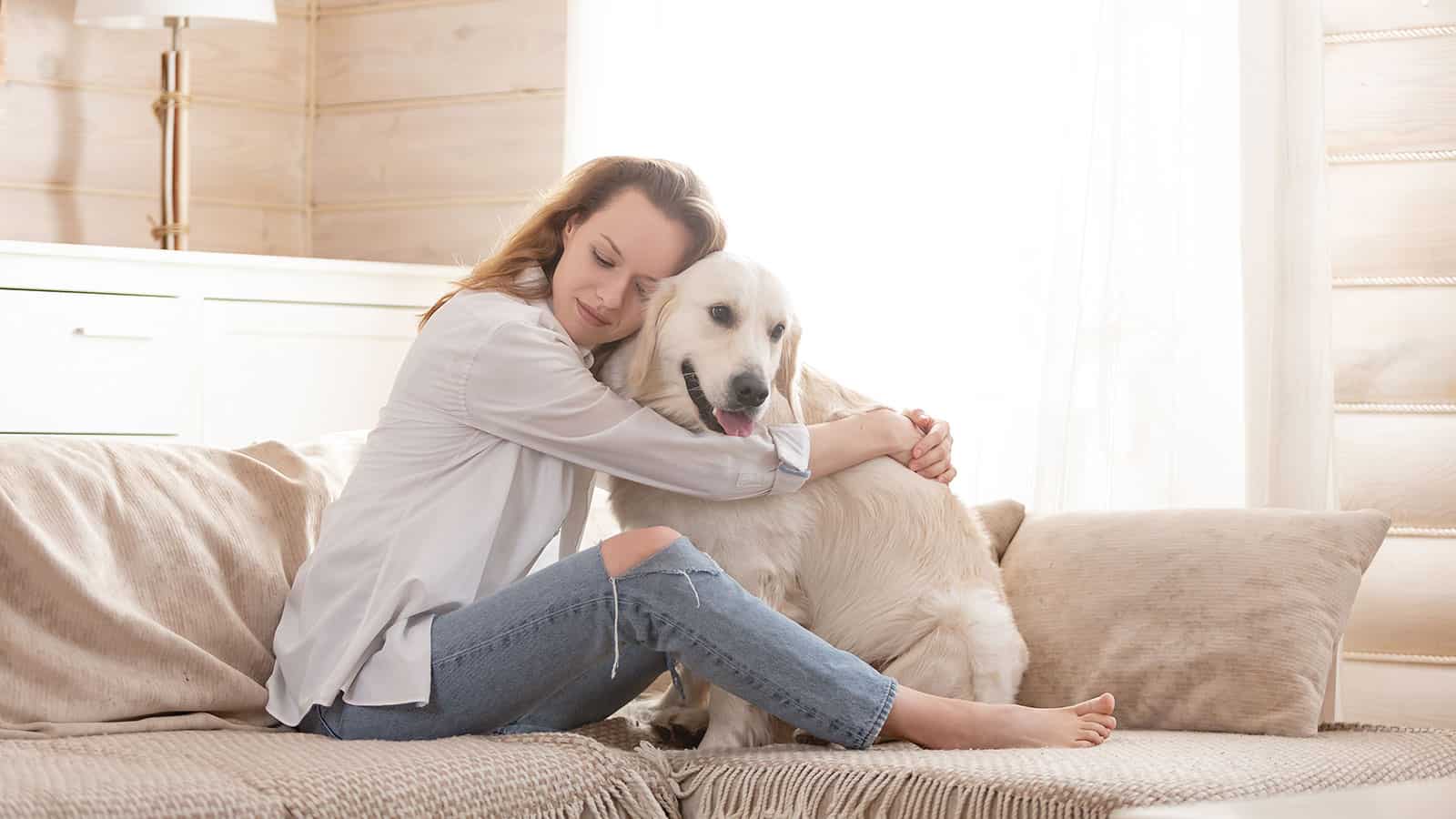
Most pet owners only briefly know what to expect when they are adopting animals from shelters. I for one was expecting Mochi to be aggressive and protective since the shelter was his safe space after all the abuse he had endured.
Commonly, the preparation of welcoming the new family member only involves providing basic necessities and an abundance of love. And there’s absolutely nothing wrong with that. Surely, the animals are rejoicing to be at their forever home in their own ways. But as much as we’d like to think that only human beings are capable of carrying emotional baggage, animals have their own stressors and baggage to carry too.
Slowly but steadily, we let Mochi take his own time to familiarise himself with the new environment, space and the newness of it all. There was no rush and no extra pushes given to him to make the space his own. It took Mochi about several weeks to finally adapt and get comfy to open up. Soon enough, he blended into one of us and then came his cute little mischievous activities which filled in our empty days.
Read Into The Signs
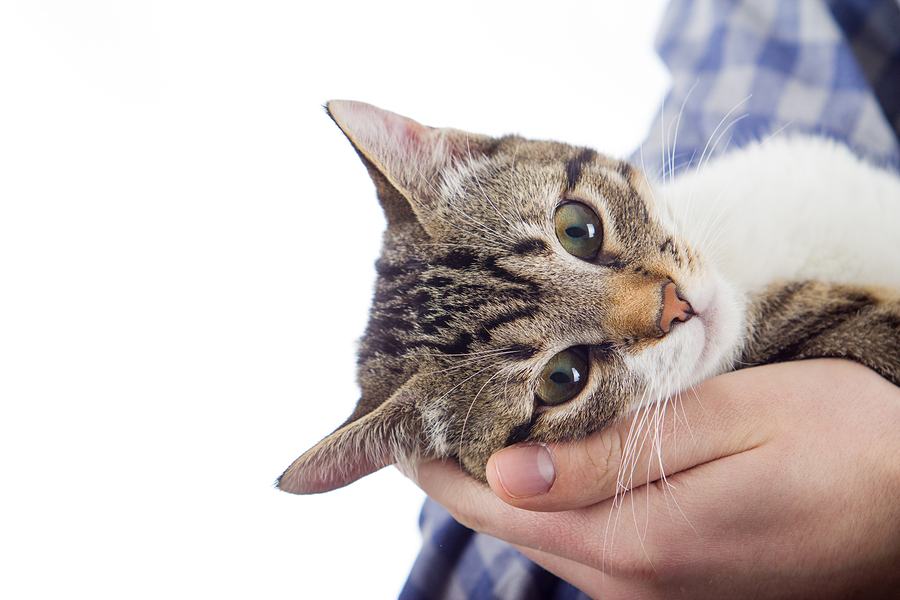
Since pets can’t communicate using human language to let you know of their past traumas, how can you spot the signs?
Veterinarians have confirmed that your pets undergo similar symptoms to humans. This includes
-
chronic anxiety
-
hypervigilance
-
avoidance of certain people, places or situations
-
sleep disturbances
-
fear of being alone
-
decreased interest in a favourite activity or aggression
Noticing signs of your pets trying to immediately flee a place, shaking, hiding, urinating or even defecating will tell you that the pets are in a triggering environment. These occurring red flags are when you seek out a suitable treatment plan for your pets from your neighbouring veterinary clinic. Of course, not every pet will exhibit the same signs.
Some of the signs we noticed from Mochi were extreme aggressiveness. He wouldn’t let anyone pet him and if anytime one of us even remotely tries to get close to him, an episode of Game Of Thrones happens. And when he finally did let us touch him, he would get these sudden urges to scratch us on our calves till we bled. That’s when we came to the realisation that Mochi is in a dire need of PTSD treatment.
Although some animals experience these types of behaviours resulting from their emotional trauma, some don’t. Many pets with perfectly adequate backgrounds also tend to develop fears, anxieties and phobias due to a lack of socialisation to a given stimulus and inheritance of behaviour consistent with trauma through DNA.
Finding out the causes of their behaviours will certainly help in determining whether these behaviours are resulting from their emotional trauma or simply just a result of their genetics.
A Thousand Reasons
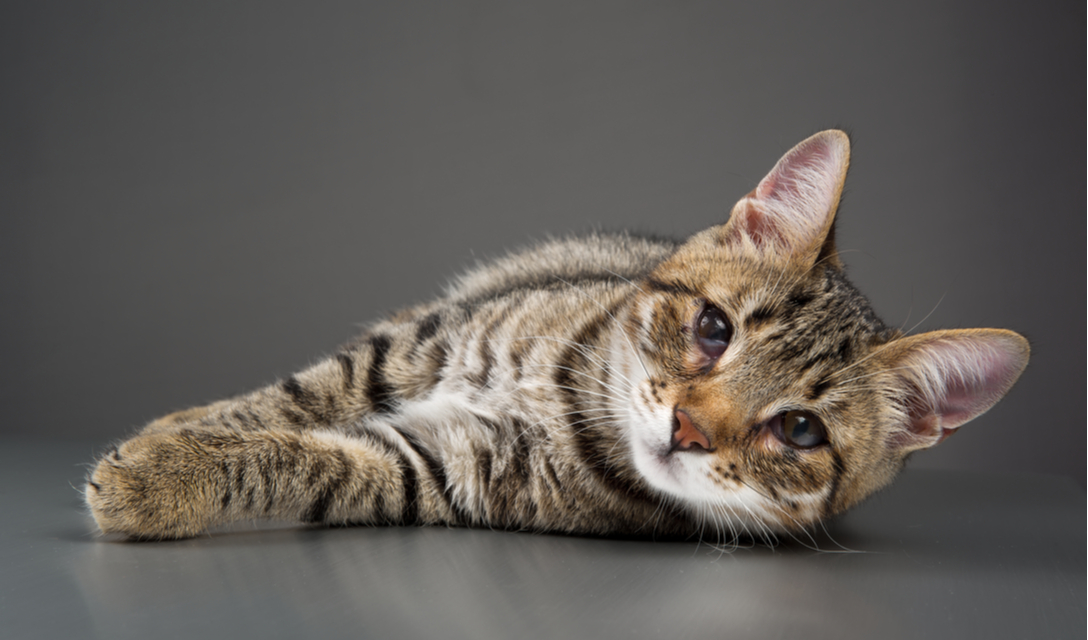
Dogs and cats can be thrown into a state of extreme stress over a variety of different experiences. This doesn’t mean that if you were to stroke your cat a little harder than usual or if you’ve accidentally stepped over your pup’s tail then PTSD will occur.
The common causes that have been identified so far are natural disasters like hurricanes, tornadoes, car accidents, household accidents, physical or emotional trauma during interactions with people or other animals.
So, if your kitty had fights with a stray cat down the block it might disrupt the psychological health of your cat. The build-up of the aggressiveness will leave a heavy scar on your pet. Thus, every little noise will startle or trigger your pet to act hostile towards the things or people surrounding it.
Mochi particularly hated the thunder and festive seasons. We almost thought about nicknaming him The Grinch because of how he’d start whining, smelling the fireworks. He despised the loud bangs and the multiple coloured fireworks blazing through the night. When he starts shrieking or gets triggered, we’d always give him solace in our arms and it works like a charm every time.
Not A Cure For All
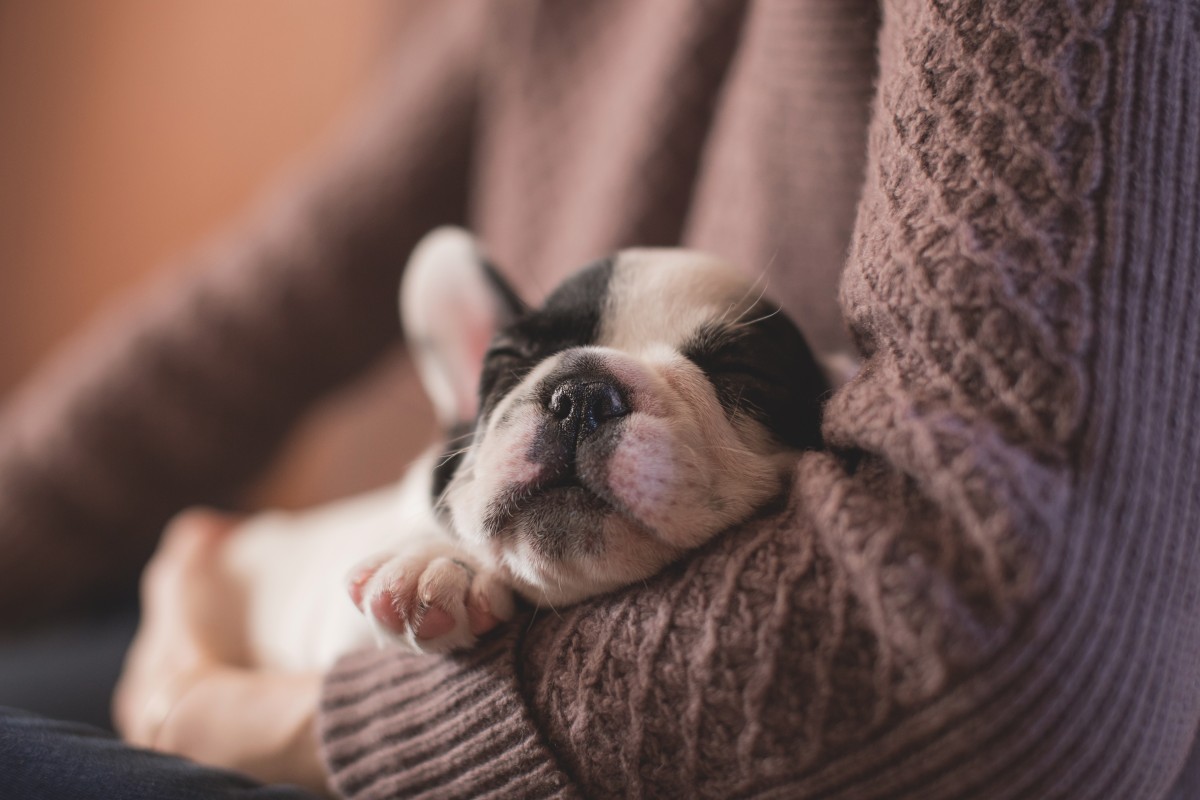
Surely, any concerned pet owners will have the lingering question of “how do I treat my pets then?’’. As of right now, there are several techniques and methods that can be used to cure emotional trauma in companion animals and they are desensitisation and counter-conditioning.
What is desensitisation and counter conditioning, you ask?
Desensitisation is a process whereby the animals will be exposed to a safe non-threatening environment to a low level of the feared stimulus. This procedure is often paired with counter-conditioning, which changes the meaning of something bad to something positive.
To put it into a simple example, it would be like giving out gold stickers or an ice cream treat as positive reinforcement when a child portrays good behaviour. It works the same way with your companion animals as well.
Whenever Mochi shows signs of anxiousness or starts cowering, we would offer him treats to let him know that the sound associated with the trigger response is a positive one. The shivering will reduce while he nibbles away at the tasty treats.
Conditioning them with treats every time the trigger is in contact will reduce their anxiety and lower their stressors, soon enough it will no longer serve as a triggering situation for them. The only major hindrance in elevating this would be not having a safe space for the animals to heal.
Safe And Sound
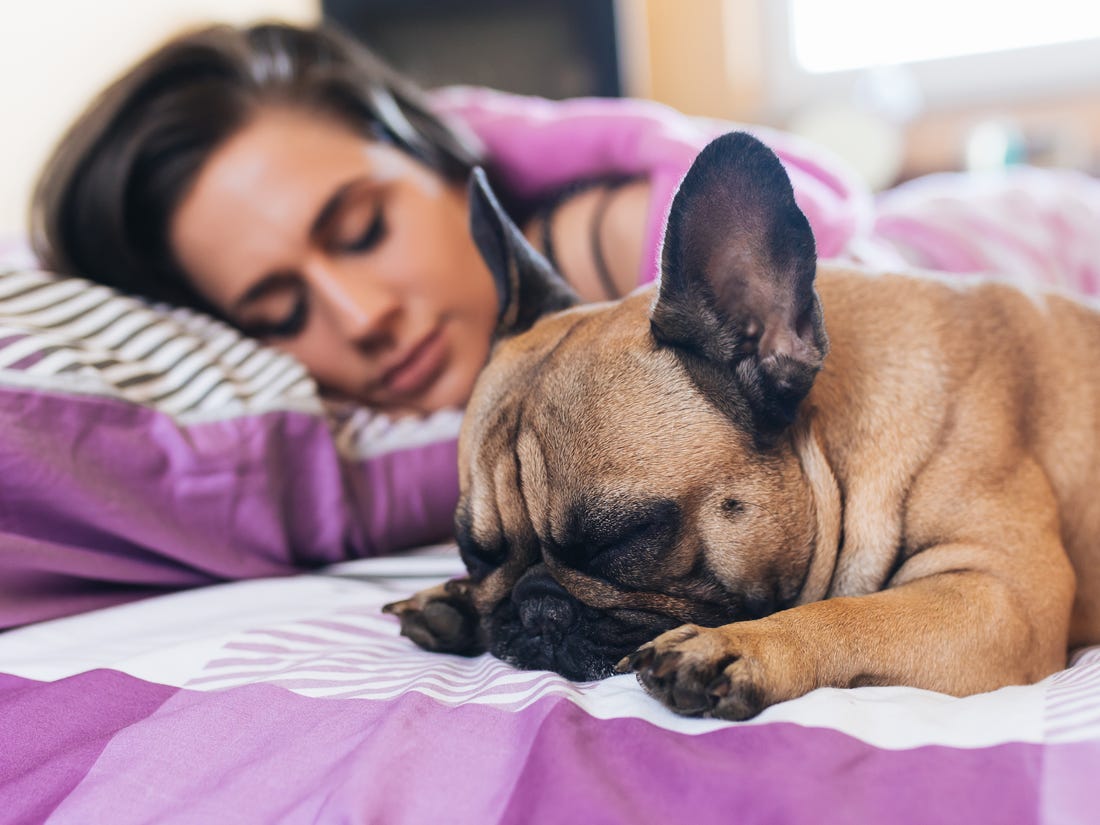
Having a safe space can benefit the pets. Wagging their tails, they can feel at home by marking their territory and having no intrusion. The pet owners should only intervene for an activity to take place when they join voluntarily.
For cats, a safe space would be hiding up in a higher spot. This particular spot can be snug if it provides accessibility and room for the cats to hide their head. In contrast, dogs like to stay in enclosed spaces like closets or dog crates. These actions must be taken voluntarily by the pets themselves and should never be enforced involuntarily.
Taking care of animals with a history of trauma is serious business. It’s not as easy as ABC and takes a great deal of patience, effort and care. The healing process that you go through with your pets will all be worth it as you form an unbreakable bond with them.
Family means nobody gets left behind or forgotten, and that includes your fur babies.
So, take care of your additional family members with great care and pure grace. Love and do right by them by being aware of their trauma signs and providing them with suitable treatments.
Being an animal lover does not only mean taking care of your own pets, it is also caring for the unfortunate stray animals wandering around the eateries with just skin and bones. Read here to find out why you should care and play your part in feeding the strays.





